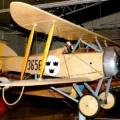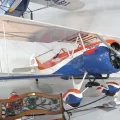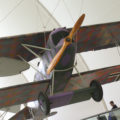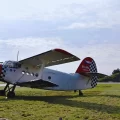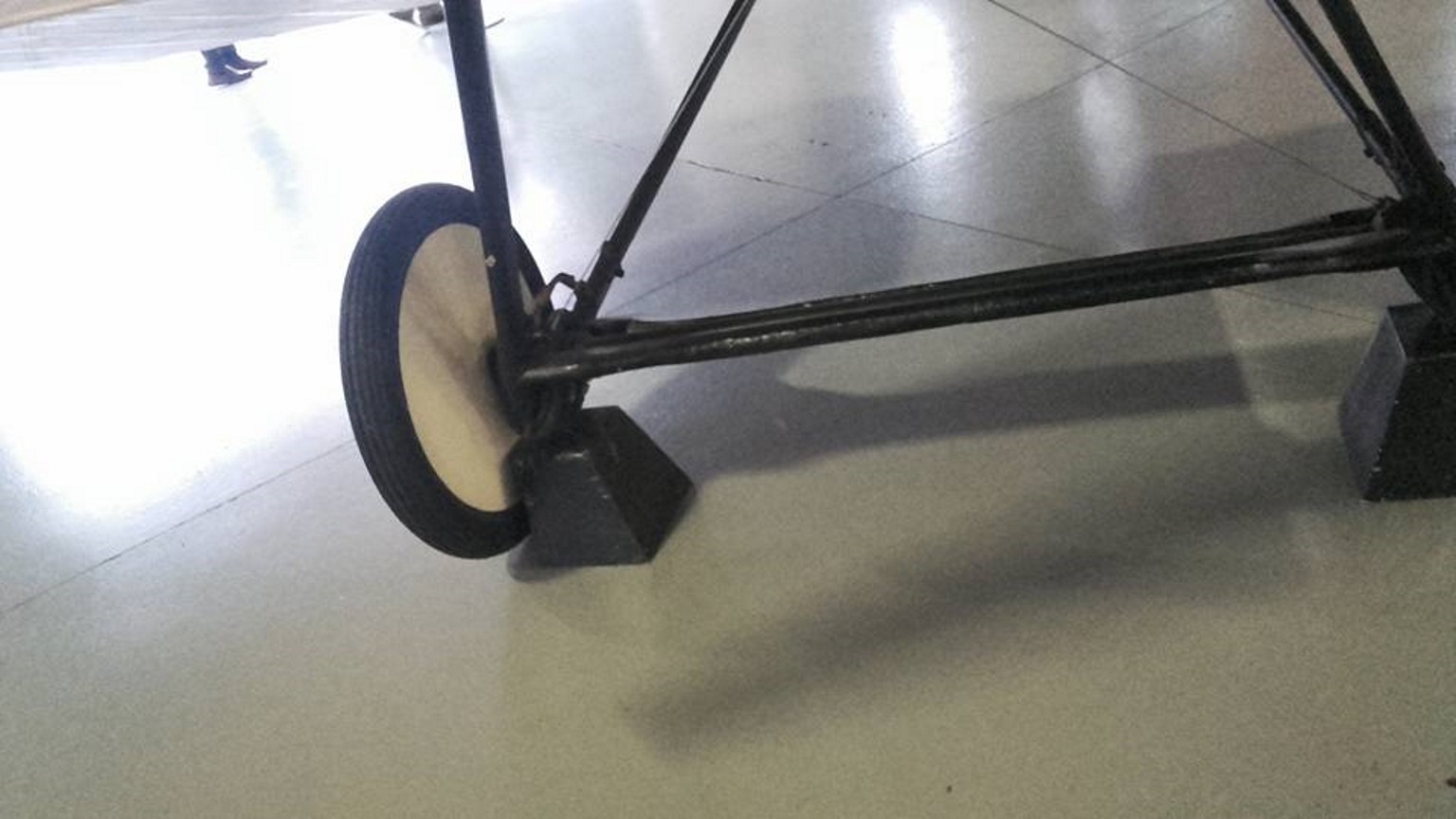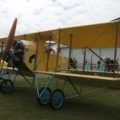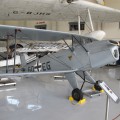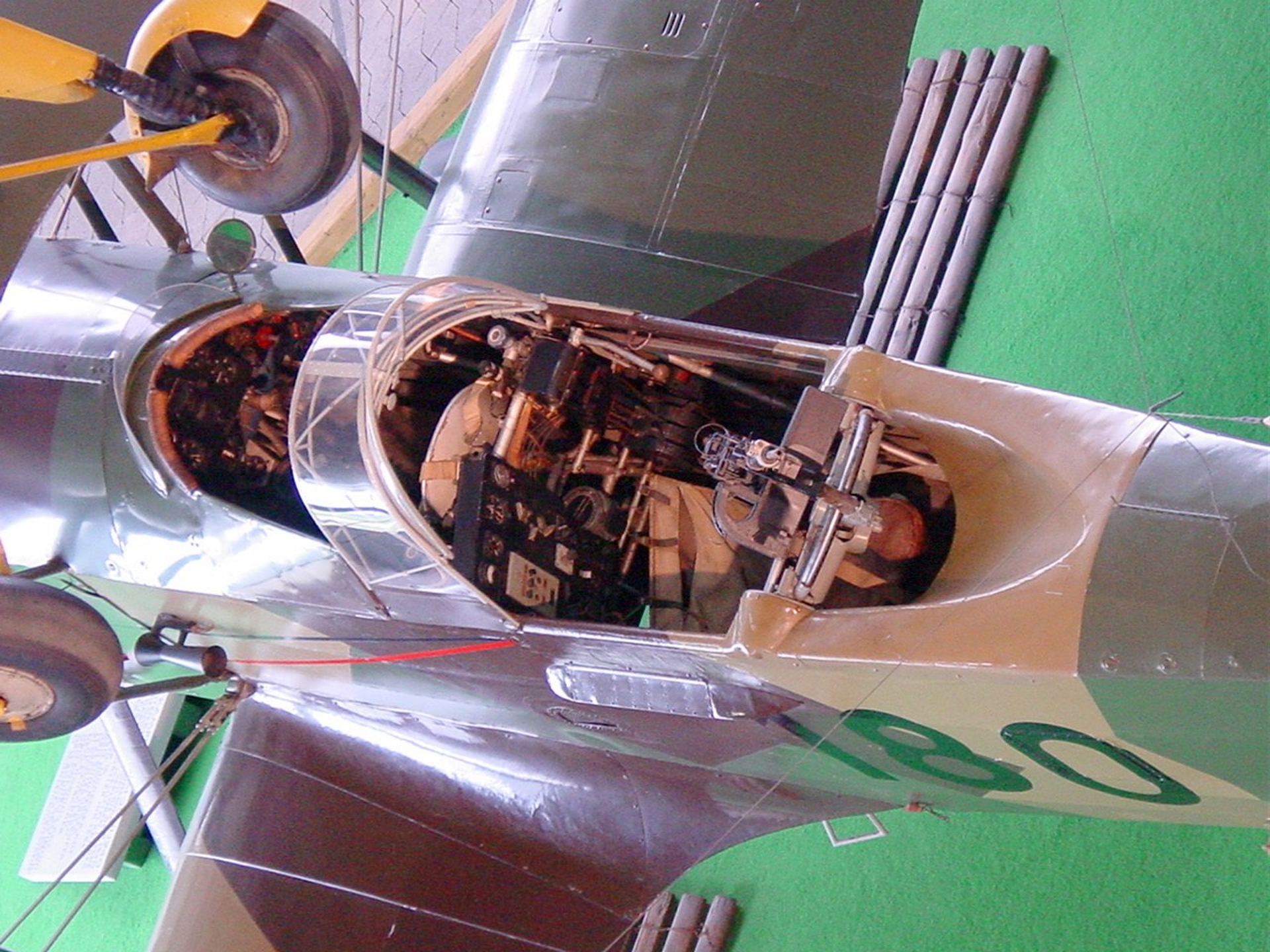
福克 C. x | |
|---|---|
| 国家 | 荷兰 |
| 类型 | 喷气动力战斗机 |
| 摄影师 | 米哈伊尔·马马利金 |
| 描述 | 专辑 20 照片走动的«福克C.X» |
照片库的 福克 C. x at Museum der Schweizerischen Fliegertruppe, The Fokker C.X was a biplane scout and light bomber designed in 1933. It had a crew of two (a pilot and an observer). It was originally designed for the Royal Dutch East Indies Army, in order to replace the Fokker C.V. Like all Fokker aircraft of that time, it was of mixed construction, with wooden wing structures and a welded steel tube frame covered with aluminium plates at the front of the aircraft and with fabric at the rear. The prototype was built in 1934 with a Rolls-Royce Kestrel V engine.
源: 维基上的福克 C. x
另请参阅:
这 福克 C. x 是1933年设计的荷兰双翼侦察机和轻型轰炸机。它有两名机组人员(一名飞行员和一名观察员)。它最初是为荷属东印度群岛皇家陆军设计的,但它也曾在荷兰空军、芬兰空军和西班牙共和国空军服役。福克C.X采用混合结构,采用木制机翼结构和焊接钢管框架,飞机前部覆盖着铝板,后部覆盖着织物。原型机于 1934 年使用劳斯莱斯 Kestrel V 发动机制造,但后来的版本使用了不同的发动机,例如布里斯托尔飞马 XII 或 XXI。
这 福克 C. x 最高时速为335公里/小时,续航里程为900公里。它可以携带多达500公斤的炸弹,并有一挺前射机枪和一挺后射机枪用于防御。福克 C.X 在各种冲突中都有行动,例如西班牙内战、冬季战争、继续战争、拉普兰战争和 1940 年 5 月德国入侵荷兰。它作为侦察机和轻型轰炸机表现良好,使用低空飞行战术来避开敌方战斗机。然而,它很快就被更现代的飞机超越,并遭受了重大损失。最后一架福克 C.X 于 1958 年退役。
意见:1875



